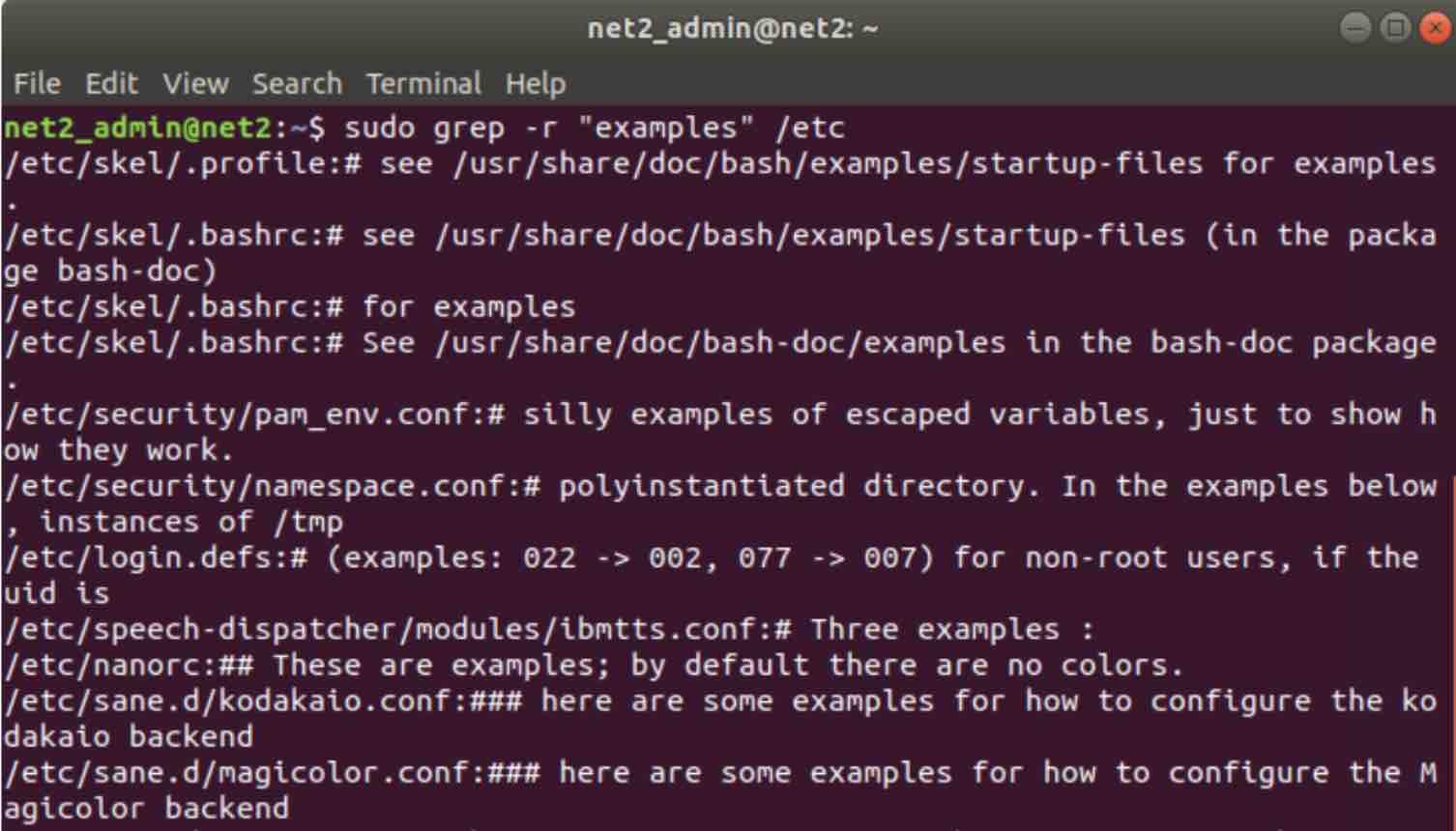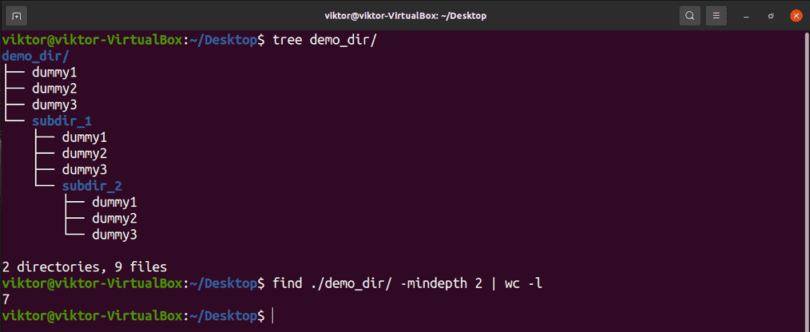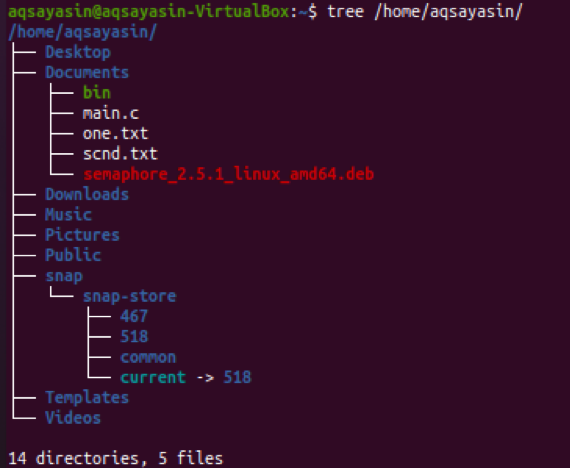
/grep-ea33e54fc7ed425283d6bec7baa458b6.jpg)
If you wanted to search only in home dir, then you would put something like /home/user instead of just / It recurses by default, so it will search starting at the root. The first element in the command, is the directory to start with. We should keep in mind these differences when searching in a directory to use either bash globbing or regular expressions to our advantage.Would return all files having partialname in the filename.

However, if a similar search pattern has regex, it returns all the files whose names contain only c: $ find. When we employ bash globbing, the following command returns all files starting with c: $ find.

Thus, similar commands behave differently whether they expand bash globbing or regex. type f -regex '\.\/a.*\.sh'Īnother difference between bash globbing and regular expressions is the asterisk ( * ): it represents zero or more of any characters in bash globbing, but in regex, it represents zero o more of the preceding character. To obtain the same result, we can use the following regex find command: $ find. This first command shows the bash globbing approach: $ find. A period (.) represents a literal period in bash globbing but any single character in regex. We discuss two of the most relevant differences. Bash globbing is used when searching for a name with the find command.Įven if they look similar, bash globbing and regular expressions present different syntax – complicating the matter. This is bash globbing in action: filename completion. Lists all the files that have a format extension of. It lists all the files with a format extension of. Let’s consider the following command: ls *.png folder /a0folder/a0).Īfter using Linux for just a little bit, bash globbing has certainly appeared in commands like ls. The files in the subdirectories don’t fulfill the regex: between the first slash (current directory) and the slash immediately followed by the letter a there are extra slashes for the subdirectory (for example. Secondly, we replaced the period with to denote that after the letter a, no more slashes can appear. First, the tokens *\/ refer to any string that doesn’t contain any slash (*) followed by one slash ( \ / ) immediately before the filename that starts with the letter a. Two differences exist between the two last regexes. We can also search in the first level directory instead of the current directory with the command: $ find. type f -regex '\.\/a.*'įile a2 is not returned because the letter a is not followed by a 0 or a 1.

The following command finds the files (with the -type f flag) that are in the current directory ( \.\/), that start with the letter a followed by either a 0 or a 1: $ find. This means that if looking in the current directory, the regular_expression should start with \.\/ (using the backslash to escape the special characters).
#FIND FILE LINUX RECURSIVE FULL#
The regular_expression pattern includes the full filename, including the root path directory. With this command, the path is searched, and the files that comply with the regular_expression are returned. * that, based on the previous discussion, will match zero or more occurrences of any character except a newline, meaning that it will match any string! 3. Two tokens frequently used in conjunction are. Caret ( ^ ): it negates the content within square brackets (although it also specifies the beginning of lines when searching within a file): q r will match the strings qar and qsr but not the string qwr or qer.Square brackets ( ): any of the characters of the string within square brackets return a positive match: qr will match the strings qwr and qer but not the strings qr, qwer or qwewer.Backslash ( \ ): it escapes special characters, for example, to search for a period: q\.e will match the string q.e but not the strings qre, qee, qe or qwwe.Asterisk ( * ): it matches zero or more occurrences of the preceding character/regular expression: qw*e will match the strings qe, qwe, qwwe but not the string qre.): it matches any character once (except a newline character): q.e will match the strings qwe, qre, and qee but not the strings qe or qwwe As a quick introduction, there are regex tokens that match multiple characters:


 0 kommentar(er)
0 kommentar(er)
